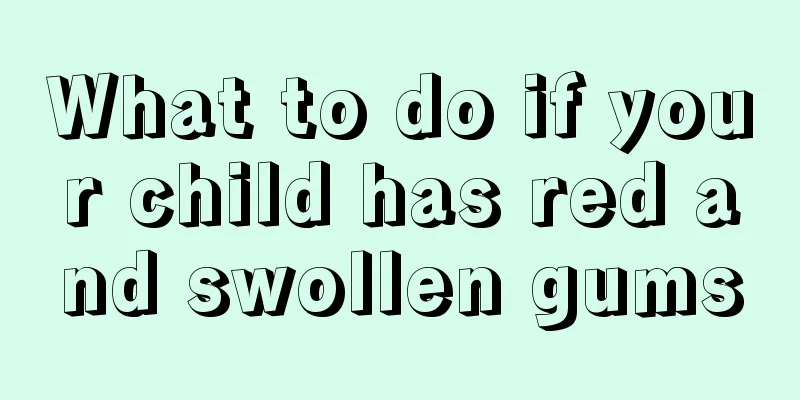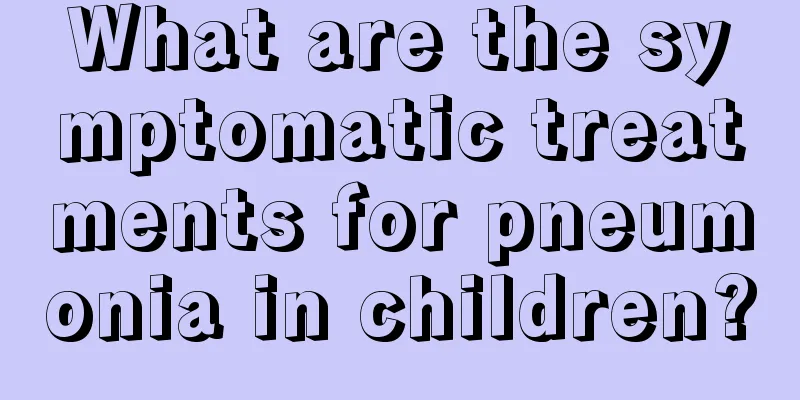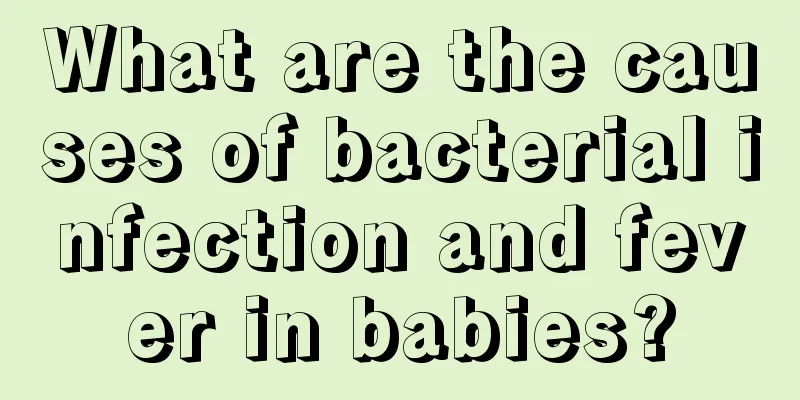What to do if your child has red and swollen gums

|
The health of our gums is very important to us. If there is a problem with our gums, it will not only cause us pain but also easily affect our eating and speaking. Therefore, we recommend that everyone should pay attention to their gums. Once abnormalities are found in the gums, they should be taken seriously and treated in time. Below we will introduce to you what to do if a child’s gums are red and swollen. For patients with chronic gingivitis, after basic periodontal treatment, such as effective self-plaque control, supragingival cleaning, and subgingival scraping, the inflammation will subside and the gingival tissue can be completely restored to health. Adolescent gingivitis is treated by cleaning to remove plaque and tartar, and local medications such as gingival pocket irrigation, local medication, and gargle can be used when necessary. For individual patients with gingival hypertrophy, gingivectomy can be performed if necessary. After complete treatment, patients with chronic gingivitis should see significant relief of gingival redness and swelling, and their gums should recover or basically return to a healthy state. If not treated promptly or improperly, gum redness and swelling may persist and may further develop into periodontitis. This may be due to incomplete removal of plaque and tartar, poor patient cooperation, inadequate self-plaque control, or the presence of other plaque retention factors such as systemic diseases. The redness and swelling of the gums caused by adolescent gingivitis and pregnancy gingivitis may subside or disappear on their own after the hormone levels return to normal. However, since both adolescent gingivitis and pregnancy gingivitis are caused by changes in hormone levels that aggravate existing chronic gingival inflammation, the existing chronic inflammation will not subside naturally. After systematic and comprehensive treatment, patients with periodontitis will experience reduced gingival redness and swelling, reduced probing depth to less than 5 mm, clinical attachment loss will stop or attachment will be gained, the occlusal relationship will gradually become stable and balanced, and X-ray examinations will show that bone resorption and destruction have stopped or bone tissue has regenerated. If treatment is not timely or improper, gingival redness and swelling may persist. This may also be due to incomplete removal of plaque and tartar, poor patient cooperation, poor self-plaque control, or the continued existence of other plaque retention factors, suffering from systemic diseases and other factors. Therefore, it is still necessary to use comprehensive periodontal treatment to treat the original chronic gingival inflammation and restore the gums to or basically restore their healthy state. In the above article, we introduced the importance of gums to the human body. We recommend that everyone should pay attention to the health of their gums. Once there is a problem with the gums, it should be taken seriously. The above article introduces in detail what to do if a child’s gums are red and swollen. |
<<: Clinical manifestations of hemorrhage disease of the newborn
>>: Can children get immunoglobulin?
Recommend
What to do if your newborn baby poops and cries
Taking care of children is a very troublesome thi...
What should I do if my baby drinks eye drops?
Young children have just been in the world for a ...
What should I do if a seven-year-old child has a cough?
People of all ages usually have symptoms of cough...
What to do if your child is nearsighted
Nowadays, people’s lives are basically inseparabl...
What to do if a boy has phimosis
Phimosis is a disease that has a great impact on ...
Can babies with inflammation take Austar?
When the baby has inflammation, you must be caref...
Can children with epilepsy be cured?
There is currently no medicine that can completel...
Is bedwetting a disease in a nine-year-old child?
It is normal for infants and young children to we...
What medicine should children take for urethritis
Urethritis is a common clinical disease. The inci...
What are the benefits of lunch breaks for students?
Many adults will find that they feel very tired w...
Infant massage for constipation
The massage technique can not only effectively tr...
Baby choking on amniotic fluid at birth
Everyone should know that babies rely on the nutr...
What to do with lymph nodes on baby's head
Some parents may find that the lymph nodes on the...
Can children drink Cassia seeds?
Cassia seed is a traditional Chinese medicine. Ch...
What causes itchy hair in children?
A child's body is in the development stage an...









